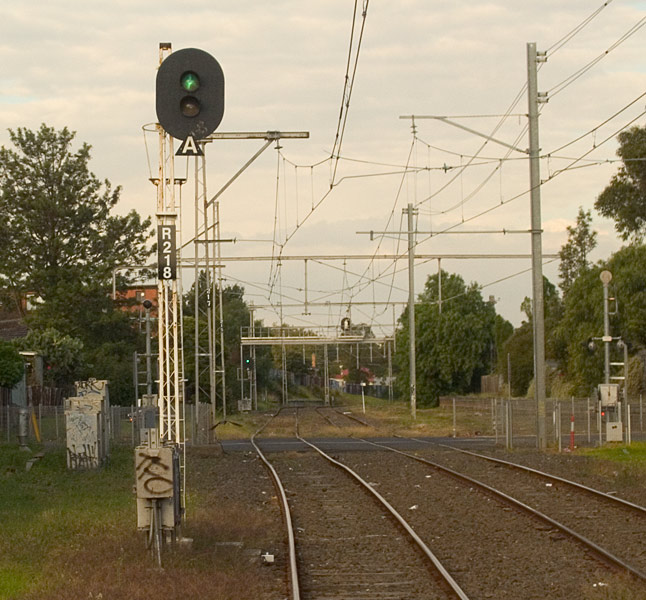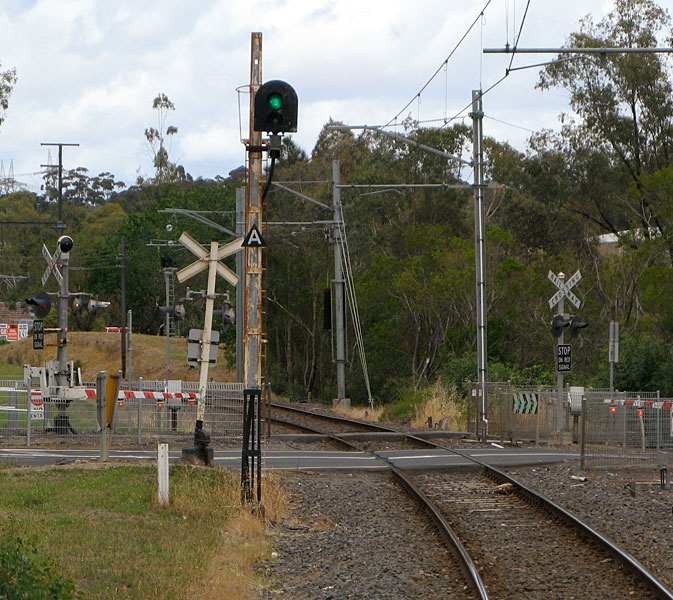2 position Automatic Signals
| 2 position automatics have mainly been used to protect level crossings in un-signalled or two position areas. There has also been a major, unique installation of them for many years on the Flemington racecourse line, the application of 2 position automatics on this line will be described below. They are identified by a black triangular plate with a white letter A as shown in the photos below. Like all 2 position signals except distant signals, they give no indication as to the position of the next signal so a green light only tells the driver that the the crossing it protects has been activated. It should also be noted that they give no indication of the occupancy of the track ahead, in other words, a green light could be displayed even if there is a train between the crossing the signal protects and the next fixed signal. To my knowledge there were never any semaphore 2 position automatics. |
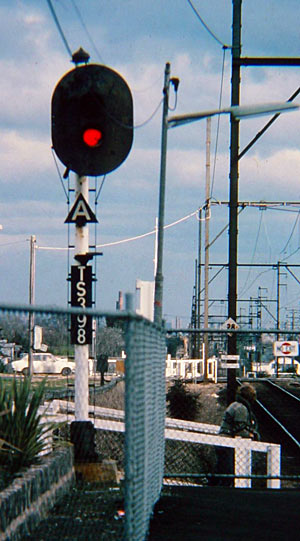 |
|||||||||
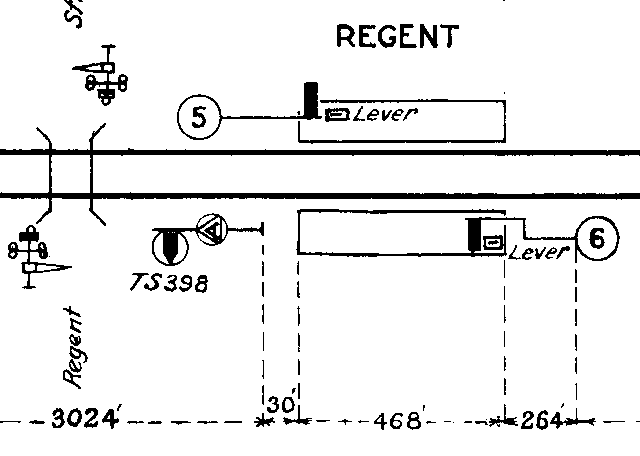 |
|||||||||
| Photo courtesy Peter J. Vincent |
|||||||||
| TS 398 was an up 2 position automatic signal at Regent on the Epping line. This signal was in the middle of a double line block section that was installed when Regent was disestablished as a double line block post in 1970. The crossing ahead of the signal was equipped with boom barriers and the automatic would stay at stop (for a stopping train) until the booms had lowered thus lessening disruption to road traffic. As can be seen on the signal diagram, the next signal, a 2 position home, was 3024 feet ,almost 1 kilometre, away. | |||||||||
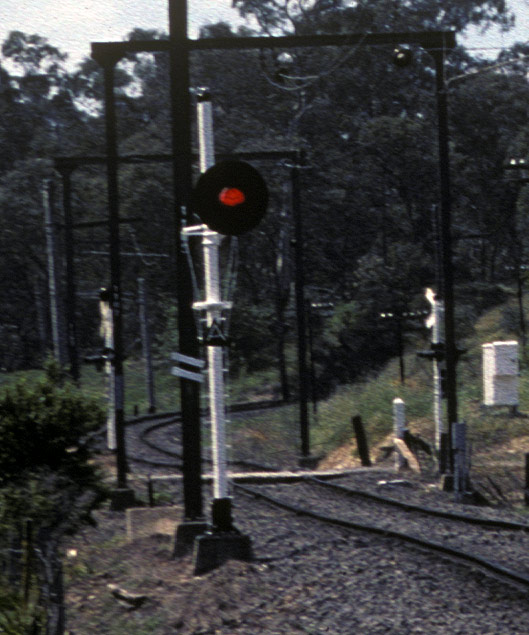 |
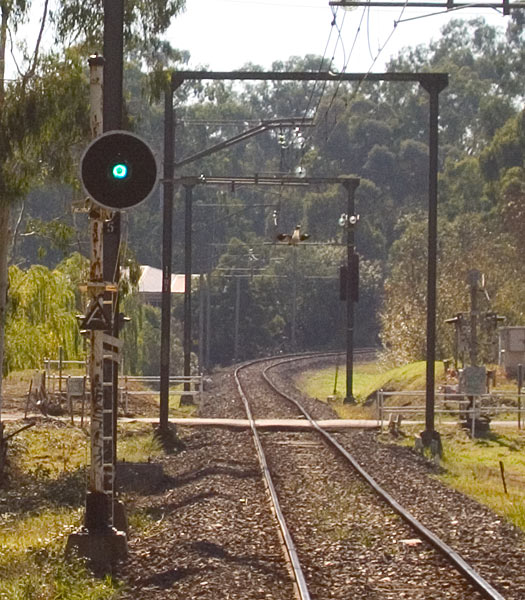 |
||||||||
| This down 2 position automatic is at Wattle Glen on the Hurstbridge line, it is in the middle of a Train staff & Ticket section. The crossing just ahead of the signal is permanently in "stopping mode" so the crossing activates and the signal goes to green, when the train is quite close to it. Photo at left taken 1982, photo at right taken 2006 |
|||||||||
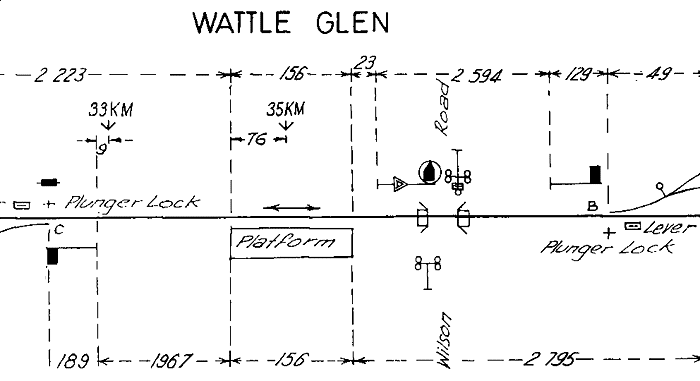 |
|||||||||

